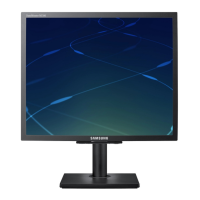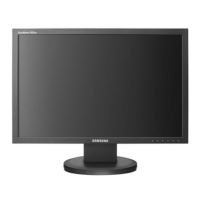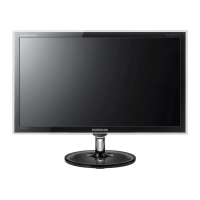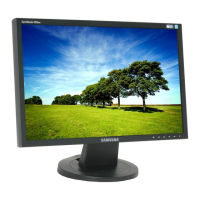36
Using "PCoIP"
2
2 Using "PCoIP"
Secondary DNS Server
The secondary DNS IP address of the device. This field is optional.
If the DNS server IP address is configured using the Connection Manager, the address may be set
as an FQDN instead of an IP address.
Domain Name
The domain name used (e.g., 'domain.local'). This field is optional.
This field specifies the host or domain of the client.
FQDN
The Fully Qualified Domain Name for the host or client. The default value is pcoip-host-<MAC> or
pcoipportal-<MAC> where <MAC> is the MAC address of the host or client.
The domain name is appended if used (e.g., pcoip-host-<MAC>.domain.local).
This field is read-only on this page.
Ethernet Mode
Lets you configure the Ethernet mode of the host or client as:
Auto
100 Mbps Full-Duplex
10 Mbps Full-Duplex
When you choose 10 Mbps Full-Duplex or 100 Mbps Full-Duplex and then click Apply, a warning
message will appear.
"Warning: When Auto-Negotiation is disabled on the PCoIP device, it must also be disabled on the
switch. Additionally, the PCoIP device and switch must be configured to use the same speed and
duplex parameters. Different parameters may result in a loss of network connectivity.
Are you sure you want to continue?" Click OK to change the parameter.
You should always set the Ethernet Mode to Auto and only use 10 Mbps Full-Duplex or
100 Mbps Full-duplex when the other network equipment (i.e., switch) is also configured to
operate at 10 Mbps Full-Duplex or 100 Mbps Full-duplex. An improperly configured Ethernet
Mode may result in the network operating at half-duplex which is not supported by the PCoIP
protocol. The session will be severely degraded and eventually dropped.
Enable 802.1X Security: If the connected network supports 802.1x, Enable 802.1X Security
should be enabled and security-authenticated devices can only be used.
If Enable 802.1X Security is enabled, configure the Authentication, Identity and Client Certificate
settings.
TLS (Transport Layer Security) is only supported as an authentication protocol at present.
Identity: Enter the product ID that will be used on the network.
Client Certificate: Select a certificate uploaded from the Certificate Upload page.

